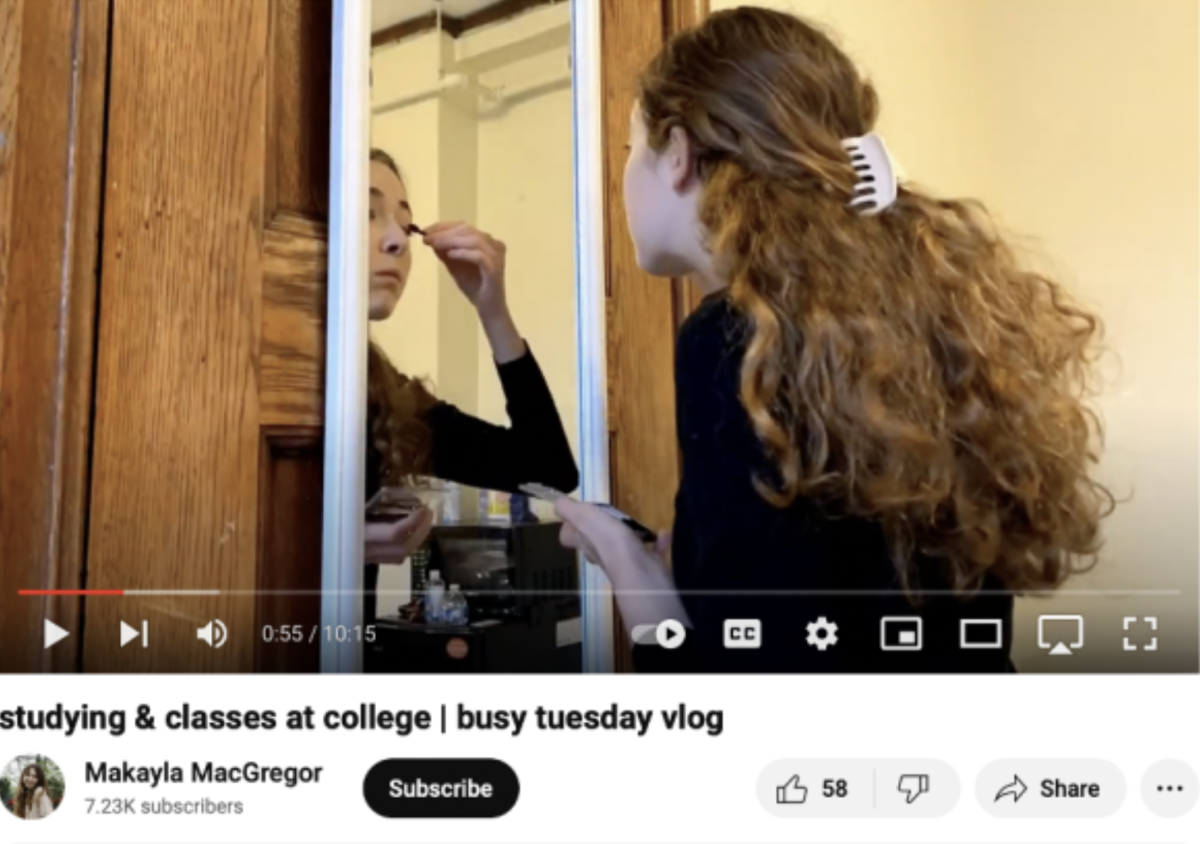When the University quietly purchased land in Washington Park this summer, alarm bells went off for many Hyde Parkers. Activist groups argued the University was being opportunistic, buying land to sell it at a profit before 2016, when it could be a stone’s throw from the potential Olympic stadium. Third-Ward Alderman Pat Dowell, who represents the neighborhood, criticized the University’s lack of transparency. The University, meanwhile, countered that the land will provide room for future school growth and will be used to help rehabilitate a neighborhood blighted by vacant lots.
The Washington Park land grab wasn’t the only major real estate deal on the South Side this year. The Shoreland was sold for the second time in four years, and the University bought Harper Court for $6.5 million and quickly announced a redevelopment agenda. The recent dealings, and the community’s tense reaction, raise the question: Just how much land does the University own?
In short, more than you might imagine. The University plays landlord to much of Hyde Park and holds property in a few other South Side neighborhoods, in addition to controlling the Gleacher Center downtown and parts of a condominium in Paris.
Urban renewal
In addition to undergraduate housing, the University owns 29 apartment buildings in Hyde Park, home to almost a thousand (mostly graduate) students. The building on East 57th Street and South Drexel Avenue that was found structurally unsound earlier this quarter was one of these holdings. How many more are there? An unanswered question—the University does not release the complete list of its property holdings to the public.
Many of those properties came into the University’s hands during urban renewal efforts in the 1950s, which also brought about many of the community’s persisting grievances against the institution. Around the same time, Hyde Park’s restrictive covenants—restrictions on who can live on a property and what they can use the property for, often used to racially segregate neighborhoods—came to an end, and the University feared that a massive demographic shift would irreversibly damage the neighborhood, hampering its ability to attract faculty and students.
So began what would become one of the most ambitious urban renewal projects in the country. The University started a “beneficial impact strategy,” buying distressed properties and attempting to restore them to usable University properties. The purchases of Blackstone Hall, Broadview Hotel, and the Shoreland were extensions of that initiative. By 1966, it had spent over $14 million dollars on 47 parcels, at least 15 of which the University still owns.
The community criticizes those policies to this day, claiming that the University’s urban renewal projects increased the gentrification of the neighborhood and displaced thousands of residents. The U of C attempted to allay those fears with a pact guaranteeing it would not purchase land south of East 61st Street.
Outside the ivory gates
But not all of the University’s urban renewal efforts led to land directly owned by the University or even for academic purposes.
The University has a long history of involvement in jump-starting South Side development. Back in the early 1960s, Muriel Beadle, wife of President George Beadle, began a project to locate a new location for the artists and retailers from East 55th Street that had been displaced by urban renewal. That project became Harper Court, a shopping center on East 53rd Street and South Harper Avenue.
In the past few years, the University has been active once more in trying to impact development in Hyde Park. It now controls Harper Theater, the shopping center on East 53rd Street and South Lake Park Avenue and Harper Court—but does not own them.
Those deeds are held by Lake Park Associates, a corporation registered in Illinois that is listed under Beth Harris, University vice president and general counsel. Lake Park Associates also holds the five parcels of land the University purchased in Washington Park.
Nevertheless, the University still technically controls the land, since Lake Park Associates is entirely owned by the University, itself a corporation. Subsidiaries like Lake Park Associates are standard practices for many large companies that seek to gain legal and tax benefits by avoiding direct ownership of a piece of land. This also provides a way to bypass alerting the business world that you own a property. But by publicly announcing its purchases of Harper Court and Harper Theater, meaning that secrecy was not an issue, the University may have sought to capitalize on other perks of using a small subsidiary, such as more streamlined bureaucratic processes, and simpler accounting records.
Campus and housing
The University’s current location was chosen mostly by chance. As a condition of his initial donation, University founder John D. Rockefeller required that his endowment funds be matched by local Chicagoans. So administrators targeted retail store magnate Marshall Field, one of the richest Chicagoans in the late 19th century, among others. Instead of money, Field gave a parcel of land encompassing what is now Snell-Hitchcock and the Regenstein. But it wasn’t enough. A year later, the trustees asked Field for more land. Field was willing to deal, but insisted that all further transactions be purchases. The trustees assented, and the original campus was formed, tacking on the rest of the quad and all but the eastern edge of the Bartlett quad.
Over the next two decades, the University expanded its holdings to encompass most of the land between East 58th and East 61st Streets, from Sout Cottage Grove to South Dorchester Avenues, where Rockefeller Chapel, Burton-Judson, the Law School, and the Medical Center now stand. The University also privately owns all of its dorms, with the exception of the Shoreland, which it sold to a developer in 2004 and now rents.
Sources: Dean John Boyer, professors Richard Epstein and Neil Harris, University spokesmen Allan
Friedman and Steve Kloehn, Cook County Recorder of Deeds, The University of Chicago Record,
and A History of the University of Chicago, by Thomas Wakefield Goodspeed







